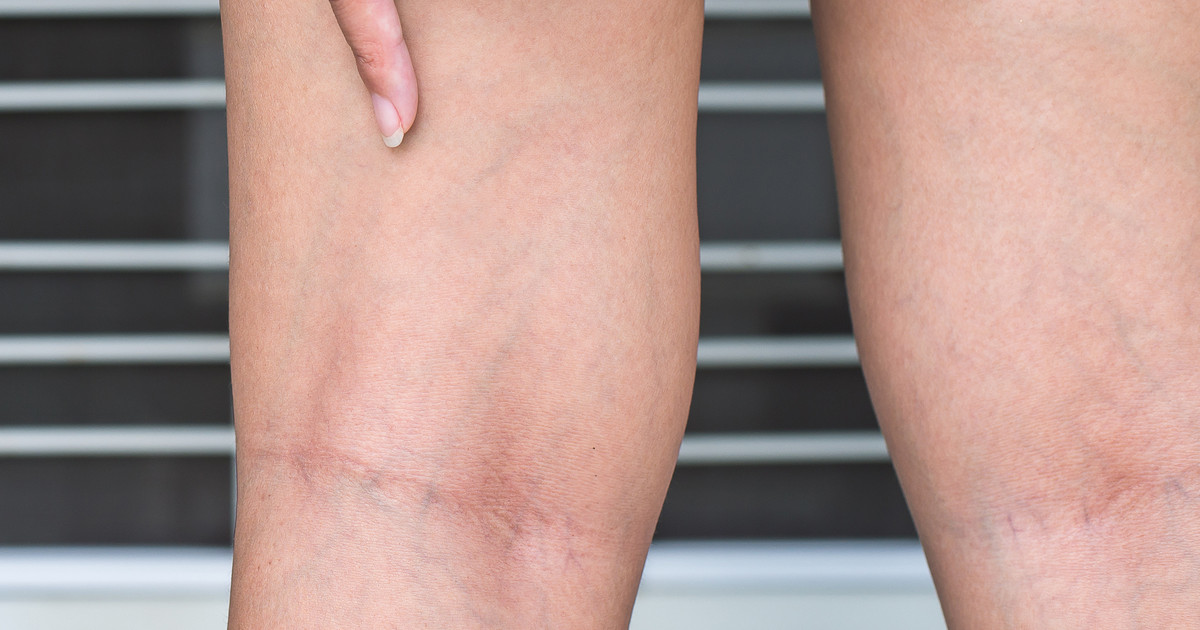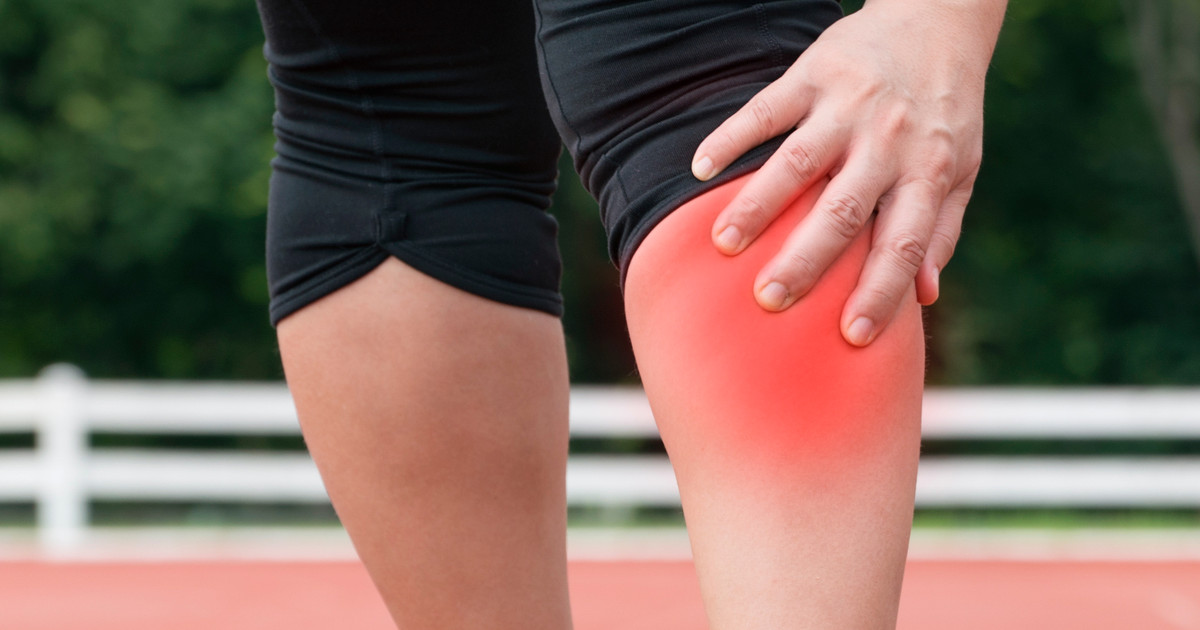Deep Vein Thrombosis: Symptoms And Causes
Deep vein thrombosis, also referred to as DVT, is a serious and incredibly threatening medication condition involving blood clots. It occurs when a blood clot forms in one of the deep veins in the body. Deep vein thrombosis appears the most often in the lower legs, however, patients may still find that it occurs in their pelvis or thighs. If the blood clot makes its way through the deep veins and reaches the lungs, this condition can be fatal.
There are several risk factors for the development of blood clots and deep vein thrombosis. One serious risk factor is when individuals have to lay or sit down for a long time, such as when recovering from surgery or on a long flight. Pregnant women are also at a high risk of developing deep vein thrombosis because of the pressure in their legs. This also applies to overweight individuals.
Deep vein thrombosis leg treatment, or treatment when it appears in other deep veins in the body, is vital. In many cases, doctors prescribe blood thinners to prevent blood clots from growing. This keeps them under control. Compression socks are also a treatment option to keep blood from pooling in the legs. Clot-busting medication is particularly essential to treat deep vein thrombosis, as it is intended to break up the clot and prevent it from getting to the lungs.
Leg Cramps
Leg cramps are a strong indicator that there is a blood clot in an individual’s lower leg. This is, as stated, the most common location for deep vein thrombosis to occur. When a leg cramp is a warning sign of this condition, it usually only occurs in one leg, not both. Before being diagnosed with deep vein thrombosis, patients must be sure they are not suffering from other injuries.
The leg cramps that appear due to deep vein thrombosis typically start with only mild pain. However, this pain can turn quite severe in only a few hours. Some patients have even said they cannot even stand a bedsheet or soft blanket touching their affected leg due to the pain. Foot and ankle pain may also occur alongside leg cramps due to deep vein thrombosis.
Get the details on one of the only visible symptoms of deep vein thrombosis next.
Skin Discoloration
One of the early warning signs of deep vein thrombosis is skin discoloration on the leg. Discolored skin can take a few different forms in this condition. In some cases, the skin in the affected area may look paler than the skin that surrounds it. A lack of circulation may result in a red to blue skin discoloration as well. In either case, the skin discoloration is one of the only visible warning signs of deep vein thrombosis. Patients will, therefore, need to keep a close eye on any changes in discolored areas of skin, especially on their legs. Making notes and taking photos to share with a doctor can be helpful when assessing how severe their condition is.
Uncover information on how skin temperature can indicate deep vein thrombosis next.

